Bicycle touring offers a unique blend of adventure, physical fitness, and a profound connection to the environment. One of the most significant benefits is the opportunity to explore new landscapes at a pace that allows for immersion in the surroundings. Unlike traveling by car or bus, where the scenery often blurs by in a matter of minutes, cycling allows for a more intimate experience with nature and local cultures.
Riders can stop at will to take photographs, enjoy a picnic, or engage with locals, creating memories that are often richer and more meaningful than those made in a vehicle. Moreover, bicycle touring promotes physical health and well-being. It is an excellent cardiovascular workout that strengthens the heart, builds muscle, and improves overall endurance.
Regular cycling can lead to weight loss, increased stamina, and enhanced mental health due to the release of endorphins during physical activity. The rhythmic motion of pedaling can also serve as a form of meditation, allowing cyclists to clear their minds and reduce stress while enjoying the fresh air and scenic views. This combination of physical exertion and mental clarity makes bicycle touring not just a hobby but a holistic lifestyle choice.
Key Takeaways
- Bicycle touring offers a unique way to explore new places, stay active, and connect with nature.
- When choosing a bicycle for touring, consider factors such as frame material, tire size, and gearing options.
- Essential gear for bicycle touring includes a comfortable saddle, panniers or bikepacking bags, and a reliable bike repair kit.
- When planning your touring route, consider factors such as distance, terrain, and available accommodations.
- Safety tips for bicycle touring include wearing a helmet, using lights and reflective gear, and being aware of traffic and road conditions.
Choosing the Right Bicycle for Touring
Key Features of Touring Bikes
They typically feature a sturdy frame, wider tires for stability, and multiple gears to tackle both flat roads and steep inclines.
Choosing the Right Frame
When choosing a touring bike, it is essential to consider factors such as frame material, geometry, and fit. Steel frames are favored for their durability and ability to absorb road vibrations, while aluminum frames are lighter but may not provide the same level of comfort on long journeys.
Components and Comfort
In addition to frame considerations, cyclists should also evaluate the bike’s components. A reliable drivetrain is essential for smooth shifting and efficient power transfer. Look for bikes equipped with quality derailleurs and shifters that can withstand the rigors of touring. Brakes are another critical aspect; disc brakes offer superior stopping power in various weather conditions compared to traditional rim brakes. Ultimately, the right bicycle should feel comfortable during test rides, allowing for adjustments in saddle height and handlebar position to ensure an optimal riding posture.
Essential Gear for Bicycle Touring
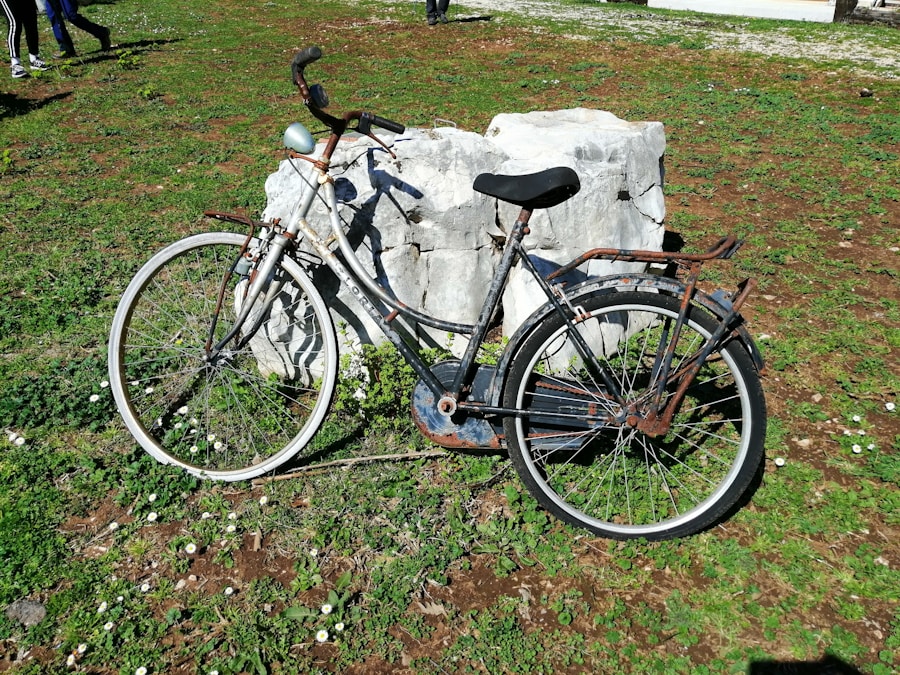
Equipping oneself with the right gear is vital for a successful bicycle touring experience. A well-fitted helmet is non-negotiable; it protects against head injuries in case of accidents. Additionally, cyclists should invest in padded shorts to enhance comfort during long rides, as well as moisture-wicking clothing that helps regulate body temperature.
A good pair of cycling shoes can improve pedaling efficiency and provide better grip on the pedals. Beyond personal attire, cyclists must consider their gear for overnight stays and daily necessities. A reliable set of panniers or bike bags is essential for carrying clothing, food, tools, and camping equipment if needed.
Waterproof bags are particularly useful for protecting belongings from rain or splashes on wet roads. A portable stove or cooking system can be invaluable for preparing meals on the go, while a lightweight tent or hammock provides shelter during overnight stops. Additionally, a first-aid kit should always be included in the gear list to address any minor injuries or ailments that may arise during the journey.
Planning Your Bicycle Touring Route
| Route | Distance (miles) | Elevation Gain (feet) | Terrain |
|---|---|---|---|
| Pacific Coast Route | 1850 | 57,000 | Coastal, some hills |
| Great Divide Mountain Bike Route | 2700 | 200,000 | Mountainous, off-road |
| TransAmerica Trail | 4200 | 57,000 | Varied, some mountain passes |
Effective route planning is fundamental to a successful bicycle tour. Cyclists should consider factors such as distance, terrain, and available amenities along the route. Utilizing mapping tools specifically designed for cyclists can help identify bike-friendly roads and paths that minimize traffic exposure while maximizing scenic views.
Websites and apps like Komoot or Ride with GPS allow users to create custom routes based on their preferences and skill levels. When planning a route, it’s also essential to account for rest stops and overnight accommodations. Researching campgrounds, hostels, or hotels along the way can help ensure that cyclists have safe places to rest each night.
Additionally, understanding local weather patterns can aid in selecting the best time of year for touring specific regions. For instance, cycling through mountainous areas may be best during late spring or early fall when temperatures are milder and road conditions are more favorable.
Safety Tips for Bicycle Touring
Safety should always be a top priority when embarking on a bicycle tour. Cyclists must adhere to traffic laws and remain vigilant while riding on roads shared with vehicles. Wearing bright or reflective clothing can enhance visibility, especially during dawn or dusk when lighting conditions are poor.
Additionally, using front and rear lights on the bicycle is crucial for nighttime riding or low-light situations. Another important safety measure is maintaining situational awareness while on the road. Cyclists should regularly scan their surroundings for potential hazards such as potholes, debris, or aggressive drivers.
It’s also wise to ride with a partner whenever possible; not only does this provide companionship during long rides, but it also enhances safety through mutual vigilance. Carrying a mobile phone equipped with emergency contacts can be invaluable in case of accidents or mechanical failures.
Maintaining Your Touring Bike

Regular maintenance is essential for ensuring that a touring bike remains in optimal condition throughout the journey. Before setting out on a tour, cyclists should perform a thorough inspection of their bike, checking tire pressure, brake functionality, and gear shifting capabilities. Lubricating the chain and ensuring that all components are clean can prevent mechanical issues from arising during the trip.
During longer tours, it’s important to conduct routine checks on the bike’s performance. Cyclists should listen for unusual sounds while riding and be attentive to any changes in handling or braking efficiency. Carrying basic tools such as tire levers, a multi-tool, and spare tubes can help address minor repairs on the road.
Learning how to fix common issues like flat tires or brake adjustments can empower cyclists to handle unexpected challenges without relying on outside assistance.
The Best Destinations for Bicycle Touring
There are countless destinations around the world that cater specifically to bicycle touring enthusiasts. One notable location is the Pacific Coast Highway in California, which offers stunning coastal views alongside charming towns and ample camping opportunities. The route stretches over 600 miles from San Francisco to San Diego, providing cyclists with diverse landscapes ranging from rugged cliffs to sandy beaches.
Another exceptional destination is the Danube Cycle Path in Europe, which follows the Danube River through several countries including Germany, Austria, and Hungary. This route is well-marked and features numerous historical sites along the way, making it an enriching experience for those interested in culture as well as cycling. The relatively flat terrain makes it accessible for riders of all skill levels.
For those seeking an off-the-beaten-path experience, Vietnam’s countryside offers breathtaking scenery and vibrant local culture. The Ho Chi Minh Trail provides an adventurous route through lush landscapes and quaint villages where cyclists can interact with locals and sample authentic Vietnamese cuisine.
The Ultimate Bicycle Touring Experience
The ultimate bicycle touring experience transcends mere travel; it becomes a journey of self-discovery and connection with both nature and humanity. Imagine pedaling through rolling hills at sunrise, feeling the cool morning breeze against your skin while witnessing the world awaken around you. Each day brings new challenges—steep climbs that test your endurance or unexpected detours that lead to hidden gems off the main path.
As you traverse diverse landscapes—from serene forests to bustling urban centers—you encounter fellow travelers who share your passion for exploration. Conversations with locals enrich your understanding of their culture and traditions, creating bonds that last long after your journey ends. The simple act of cycling fosters a sense of freedom; every turn of the pedal propels you forward into new adventures.
Ultimately, bicycle touring is not just about reaching a destination; it’s about embracing the journey itself—the sights seen, friendships forged, and lessons learned along the way. Each ride becomes a chapter in your personal story, filled with moments of joy, challenge, and discovery that shape who you are as an individual and as part of a larger community of adventurers.



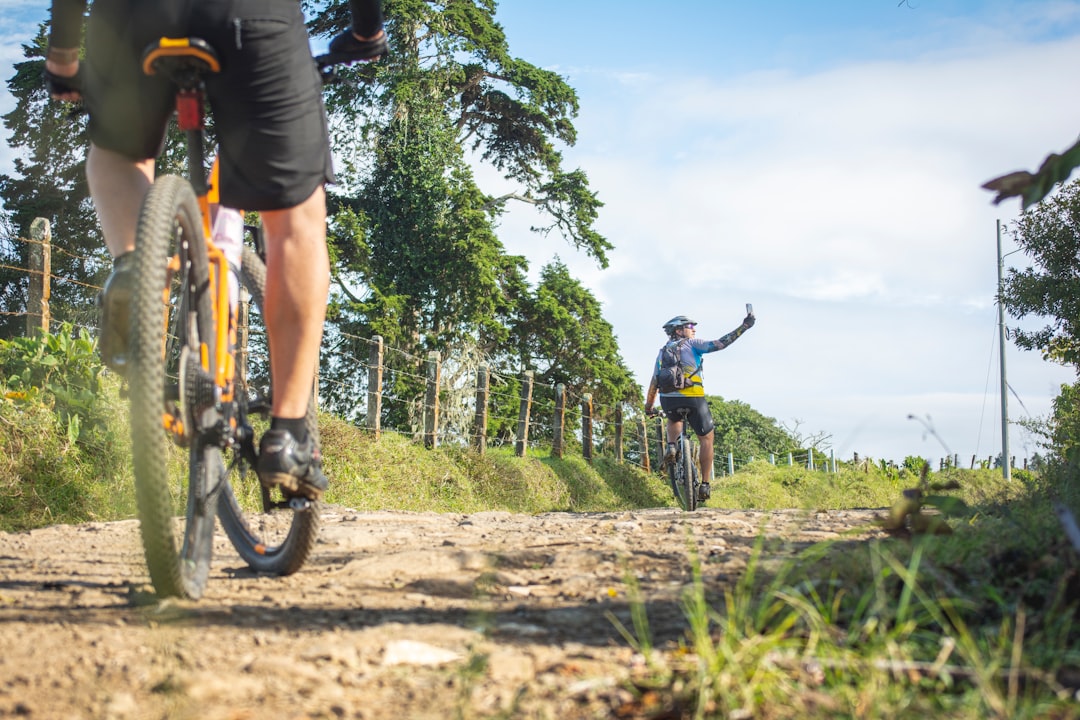
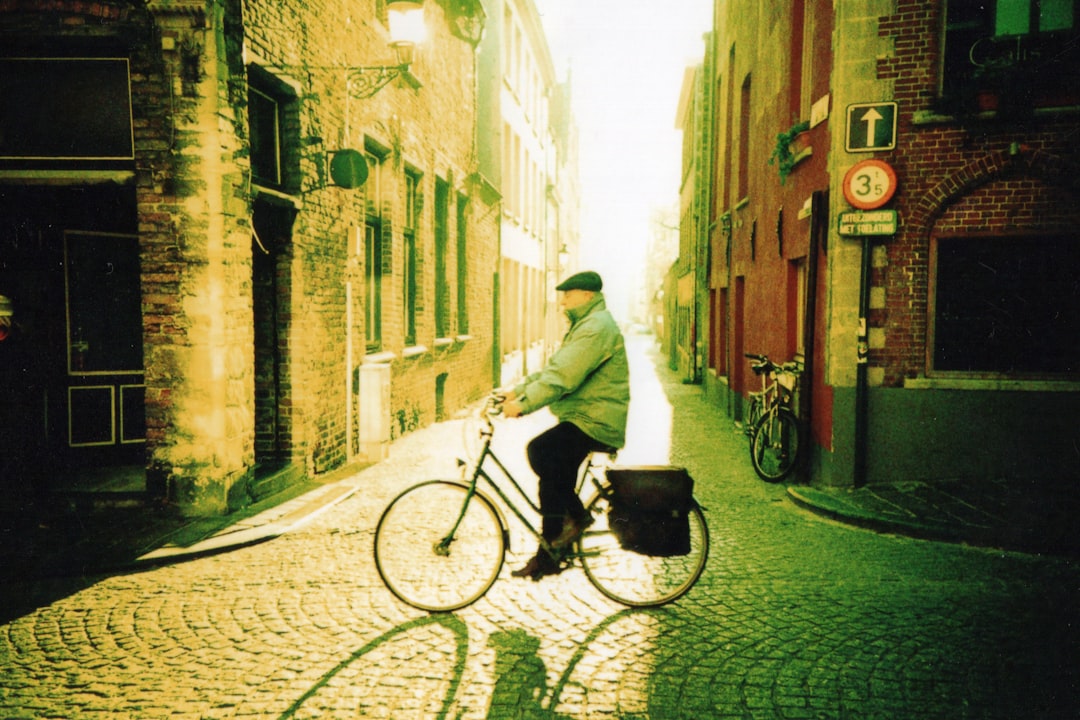
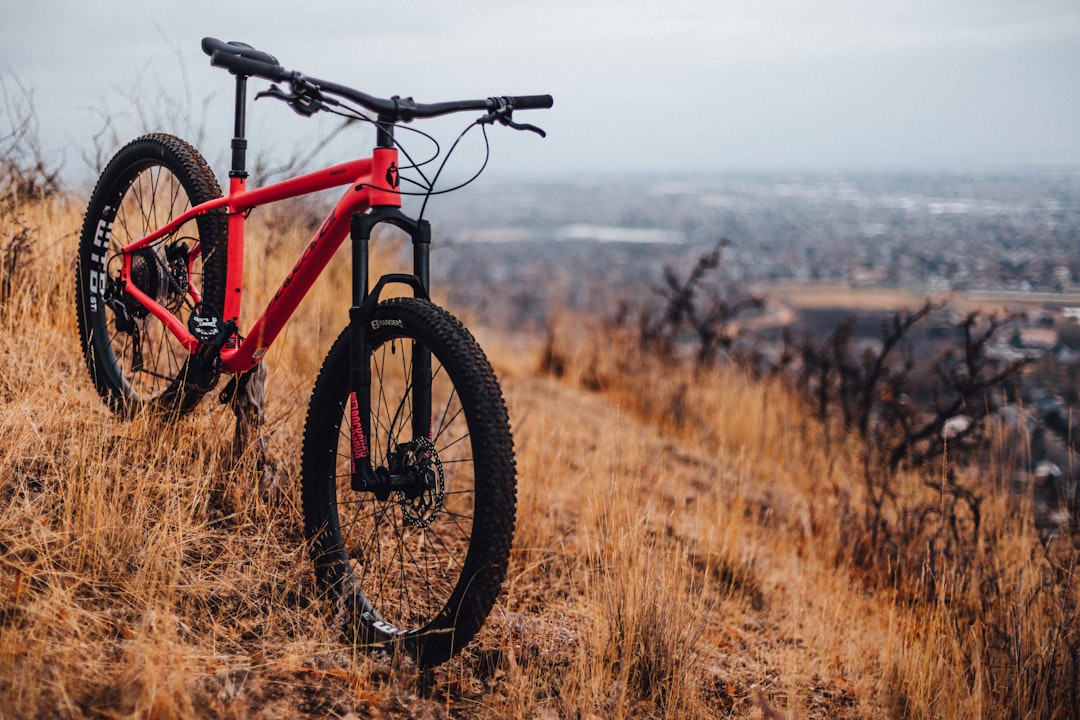






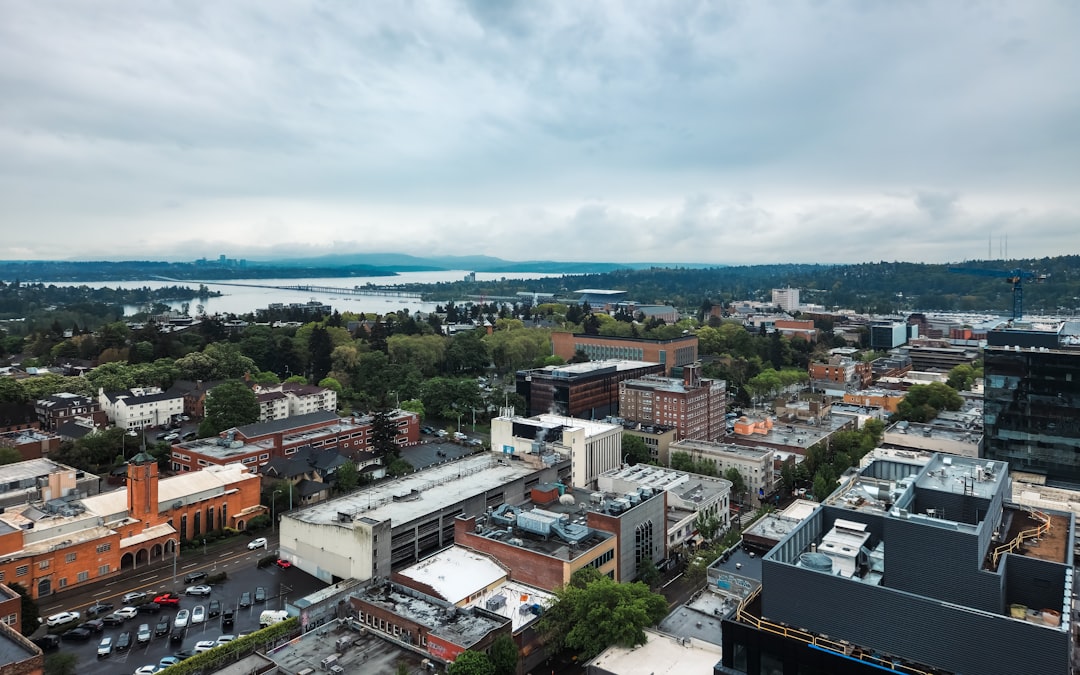


Leave a Reply